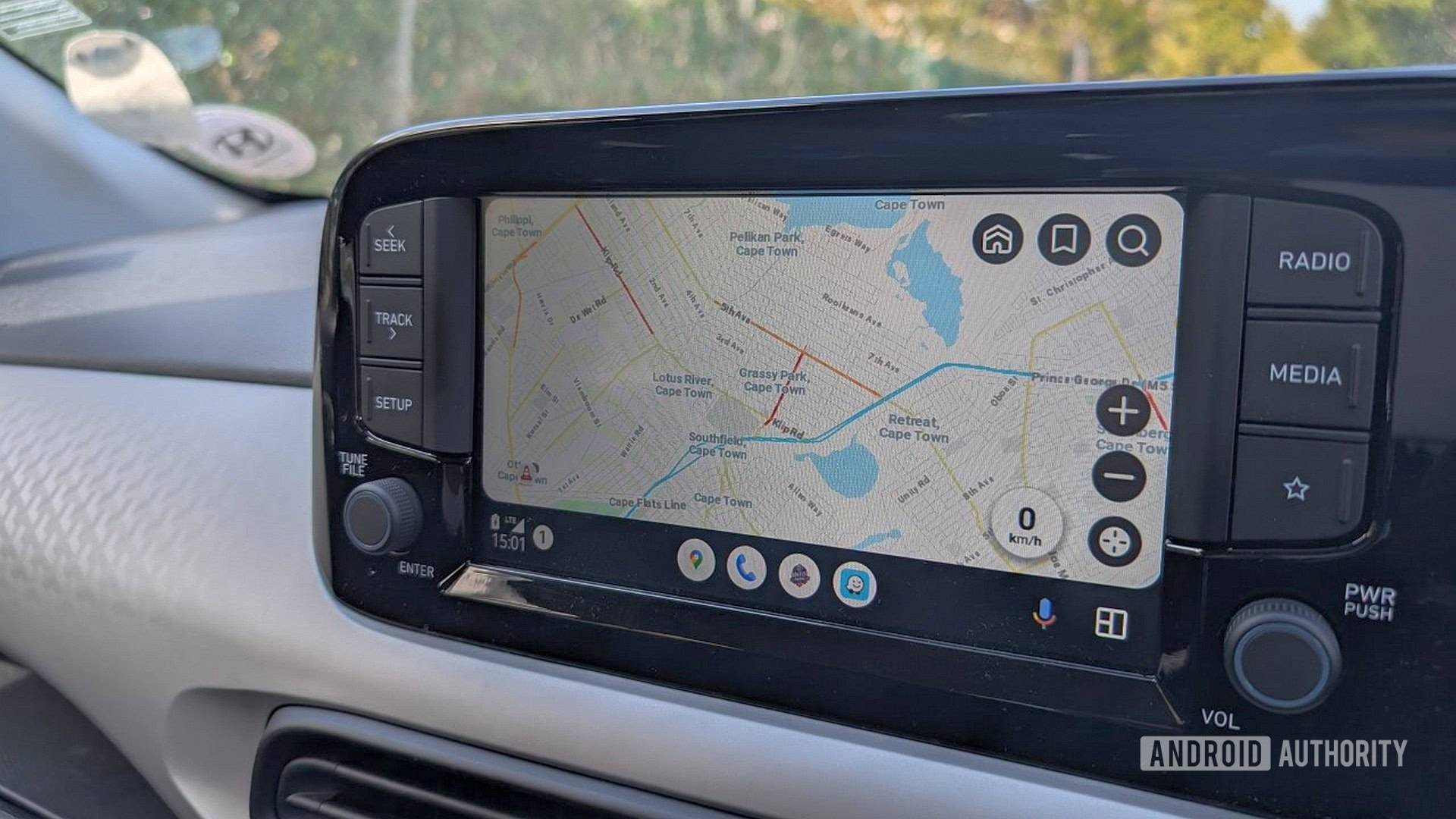Exploring Commodore 64 Assembly Language: A Journey with Michal Sapka

In a fascinating journey of skill acquisition, Michal Sapka has taken on the challenge of learning Commodore 64 assembly language, a programming language from the early computing era that remains a nostalgic favorite for many enthusiasts. While it may not be the most conventional choice for modern job skills, Sapka's endeavor is commendable and highlights the enduring appeal of retro computing. His commitment to sharing this learning experience is evident in a multi-part blog series that documents each step of his progress.
So far, Sapka has released four parts of his series, with more anticipated in the future. The series kicks off with the traditional "Hello, World!" program, a classic first step for anyone venturing into the world of programming. He meticulously outlines the initial setup steps required to get started, making it accessible for beginners. As readers progress to part 2, they delve deeper into the world of registers and numerical representation, crucial concepts necessary for understanding how assembly language operates.
In part 3, Sapka introduces various instructions that one must master to effectively code in assembly. By part 4, he reveals the complexity of dealing with multiple registers, showcasing the depth of knowledge required to navigate this programming landscape. This gradual escalation of concepts not only builds the reader's understanding but also reflects Sapka's methodical approach to learning.
One of the advantages of undertaking such a project in the current technological landscape is the absence of the need for physical hardware. Aspiring programmers can work comfortably on modern machines while still striving to develop for retro systems. This flexibility allows for faster editing, compiling, and debugging. Michal has opted for the VICE emulator, a popular tool that enables users to emulate the Commodore 64 environment on their computers, making it easier to test their code without needing the original hardware.
Although the series is still ongoing, with part 5 set to cover the topic of branchinga critical concept in programmingnow is the perfect opportunity for readers to catch up on the previous installments. The journey through Commodore 64 assembly language not only provides a unique programming experience but also showcases how modern tools can be leveraged to breathe new life into older software development practices.
Overall, Michal Sapka's exploration is an inspiring reminder of the power of curiosity and the joys of learning, regardless of the era of technology in which we find ourselves.




























